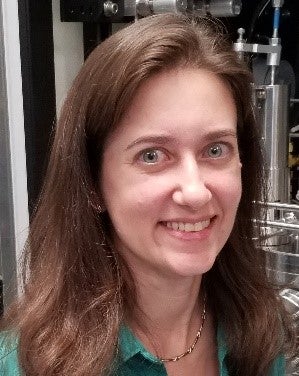As technology progresses and increasing levels of power are required combined with shrinking dimensions, wide and ultra-wide bandgap semiconductors become more and more attractive, especially for next-generation power devices. What are examples of these materials? They include SiC, GaN, Ga2O3, AlN, and even diamond. From a power electronics standpoint, SiC is at a high maturation level. GaN has maturity in lateral devices for rf-applications as well as quasi-vertical light emitting applications, but not in vertical power devices. Ga2O3 is currently in the beginning of development as a material for power electronics, and research into AlN and diamond for these applications is still in exploratory stages. This presentation will explain why we need these materials and then focus on our efforts in GaN research towards vertical areas, while touching on some tangential research areas.
Devices based on GaN represent critical next-generation medium voltage and high voltage power switch technology. While lateral GaN-based high electron mobility transistor (HEMT) technology has been highly successful for rf power amplifiers and is well-positioned to supersede GaAs-based monolithic microwave integrated circuits (MMICs), advances in vertical power device technology has been limited due to the lack of high quality native substrates. As large area substrates have become available by hydride vapor phase epitaxy (HVPE) and ammonothermal growth, the properties of nitrides are no longer dominated by defects introduced by heteroepitaxial growth, and several fundamental vertical power devices have recently been realized, including Schottky diodes with edge termination, trench metal-oxide semiconductor field effect transistors (MOSFETs), and current aperture vertical electron transistors (CAVETs). However, additional materials challenges are coming to the forefront that need to be understood and surmounted in order to allow homoepitaxial devices to achieve their full potential, especially in the realization of repeatable thick drift layers with low background doping.
Recent developments in III-nitride vertical device technology at the US Naval Research Laboratory will be presented, resulting in better understanding of the relationship between substrate quality, epitaxial layer quality, and device performance. Future directions for GaN device development enabled by the availability of bulk substrates will also be discussed, including implications for lateral devices, novel lateral device designs, and fundamental materials work. In addition to these key enablers for power devices, advances in moving GaN into new areas, such as non-linear optics, will also be discussed.

Dr. Jennifer Hite is a Materials Research Engineer with the Electronic Science and Technology Division at the US Naval Research Laboratory in Washington, DC. She received her B.S. in Chemical Engineering from the University of Florida in 2000 and worked in industry at Lucent Technologies/Agere Systems prior to returning to the University of Florida to earn her M.S. and Ph.D. in Materials Science Engineering in 2003 and 2006, respectively. She started at NRL as an ASEE Postdoctoral Fellow in 2007 and transitioned to permanent staff as a Karles Fellow in 2010. Her research is focused on the growth and characterization of wide and ultra-wide bandgap semiconductors, with an emphasis on III-nitride materials for applications in power electronics, as well as more novel areas, such as non-linear optics. She currently serves as the chair of the AVS Mid-Atlantic Chapter, is the past-chair of the Electrochemical Society Electronics and Photonics Division, serves on the executive committee of the American Association for Crystal Growth, and as a co-organizer for several conference symposia. She has authored or co-authored over 180 publications in peer-reviewed journals, 7 patents, and over 270 presentations, including 90 invited presentations.

